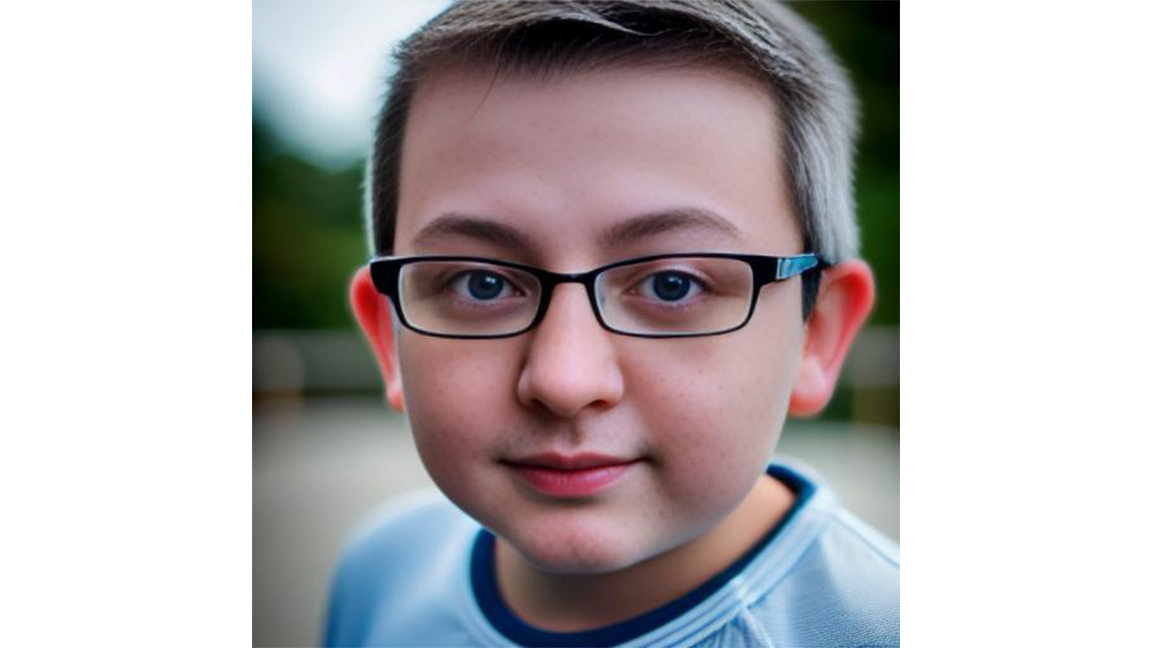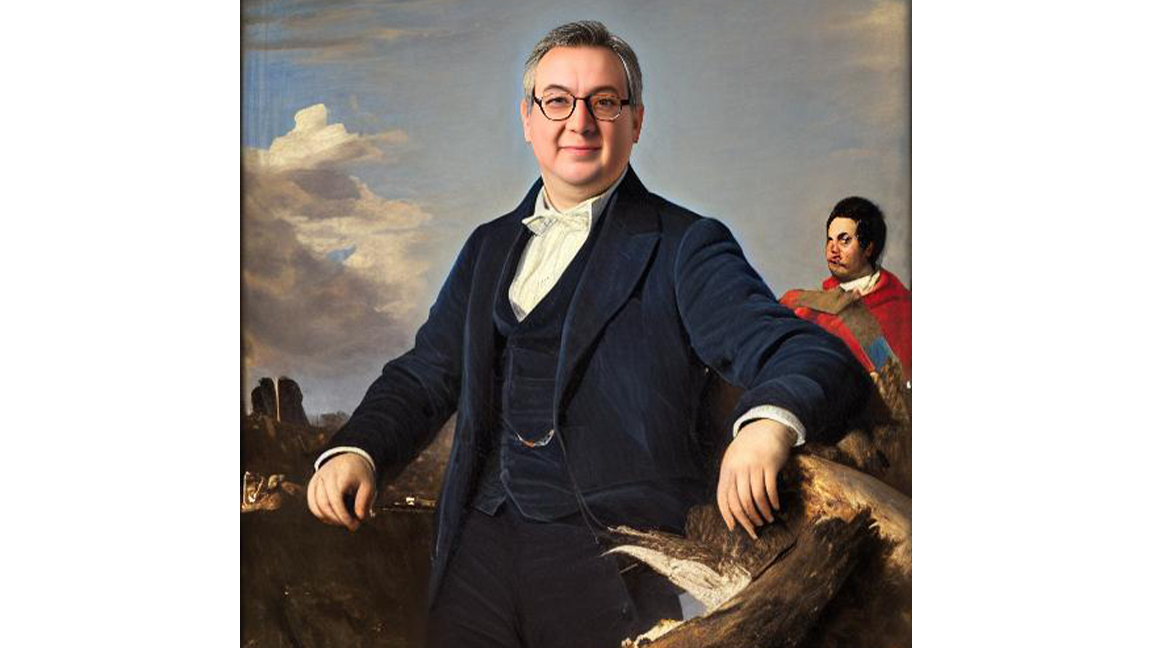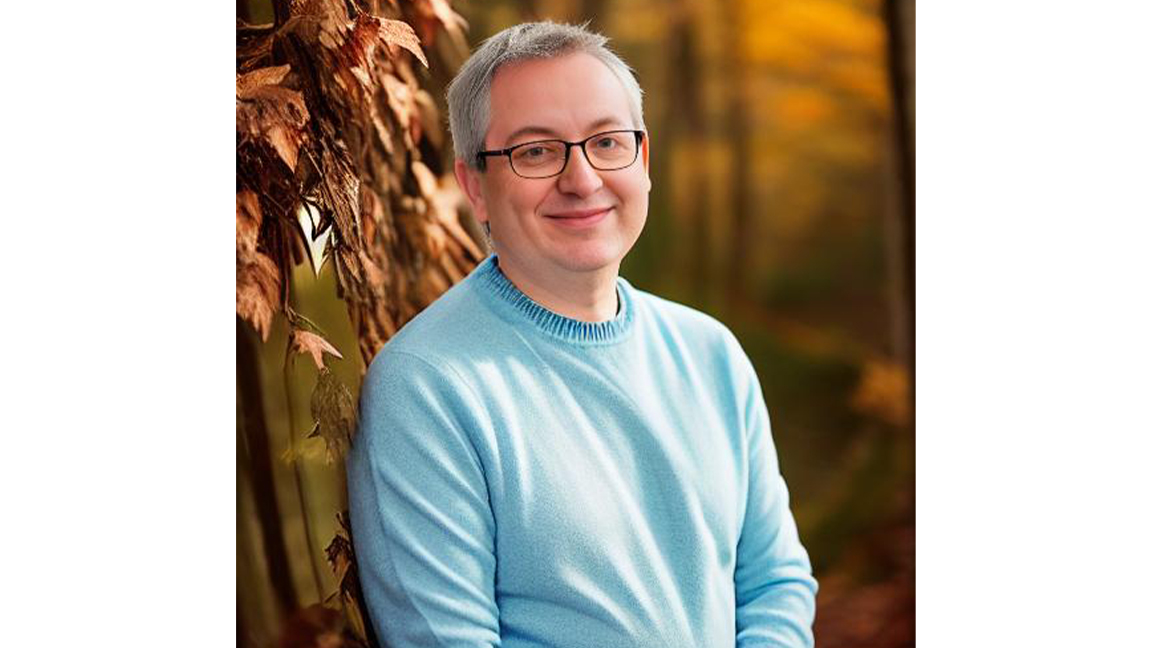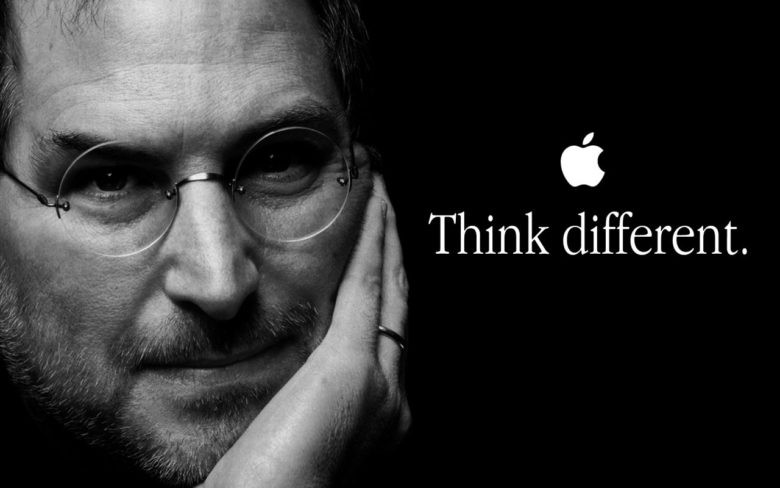Early last week a couple of startling images appeared in my inbox, they were photos of me, kind of. One was of me as a child – the kid was recognisable but not right. I'd been deep-faked and it was… weird. It also raised many questions about the trust and the future of art and photography.
The email was from a student at Harvard, Alfred Wahlforss and he had an AI photo app in development, built on the open source code of Stable Diffusion. You can create your own weird childhood photos in the BeFake app for yourself, or fakes of famous people.
AI photo apps are a new trend that's emerging… fast. To this day some of the biggest AI uses have been for art, and we have a guide to how-to-use-DALL-E if you need tips. But photo apps are on the rise.
You'll need to familiarise yourself with this kind of AI, as Wahlforss says with confidence that, "99% of all the pictures online will be AI generated in five years". Let that sink in; nearly photos you'll see online in less than a decade will be fake. "It just gives you more flexibility, more creativity, and better results. And it's cheaper, of course," says the developer.

In Wahlforss' view the use of AI photos will enable company's to create images at a lower cost, for example an online store could use AI to render sofas, desks and more at a fraction of the cost of hiring a photo studio. Corporate or team photos could be generated with a set look and pose, without needing to corral everyone together and waste time.
The use of AI will also usher in a new era of creativity, believes Wahlforss. "Ultimately," he says, "I think it will kind of give more leverage to human creativity, which is really exciting. I think the next Scorsese, the next master director, won't be somebody with a $200 million budget, but they will just be a person with a laptop, building out intricate stories."

The unreal elephant in the virtual room is how such realistic AI-generated images can be used maliciously. The images created in BeFake sent to me are uncanny and even convinced me, for a moment, and I was in them. AI art is already proving controversial, whether it's removing artists from the creative process or undermining copyrights.
Get the Creative Bloq Newsletter
Daily design news, reviews, how-tos and more, as picked by the editors.
For Wahlforss the issue will be resolved with more AI, developed to scour the web and identify when AI images are present, so we're all aware we're looking at fake realities.
"I think in the short term, we have the ability to create AI models that recognise if this is AI generated or not," explains the developer. "In the long run, I'm confident that it will be impossible to distinguish what's real and what's not, but we, as humans, we become more sophisticated over time to kind of suss out 'is this fake or not?'"
He adds: "I think as we see more of this fake content, we're able to understand to to trust the sources or we kind of have our own deductive system that is becoming better and better."

Ultimately Wahlforss views AI generators like BeFake as new tools for creativity, to add to a workflow and not remove talented people from the process. In our chat he references the rise of Photoshop – remember digital art was once devalued – and how over time it's simply become another tool in an artist's arsenal.
Wahlforss explains: "[AI] is going to leverage human creativity. So you will need to have somebody who can curate these pictures. And that's the most difficult part, you know, anybody could be a photographer today. But there's a reason why we have people who are pros who know how to set up composition, and what should be in the picture and so on. AI just makes them 100 times more productive."
The future and the direction of AI for Wahlforss is the creation of photo real images. Personally, I found this an odd sensation as I stared at myself in the fake reality of a childhood that wasn't mine, and even Wahlforss admits when he saw himself in faked situations he found it "a strange sensation". Right now we're able to spot dubious images as the technology is in its infancy, but the future may be quite different.
The BeFake app has been developed by a team of three – Wahlforss along with Florian Juengermann and Axel Backlund – in two weeks. You can find BeFake on the app store, and give it a try for yourself.
Read more:
- AI art anime backlash as a generator for imitates an illustrator
- The weirdest AI art created using DALL·E 2
- How to create awesome AI art with Prequel

Thank you for reading 5 articles this month* Join now for unlimited access
Enjoy your first month for just £1 / $1 / €1
*Read 5 free articles per month without a subscription

Join now for unlimited access
Try first month for just £1 / $1 / €1

Ian Dean is Editor, Digital Arts & 3D at Creative Bloq, and the former editor of many leading magazines. These titles included ImagineFX, 3D World and video game titles Play and Official PlayStation Magazine. Ian launched Xbox magazine X360 and edited PlayStation World. For Creative Bloq, Ian combines his experiences to bring the latest news on digital art, VFX and video games and tech, and in his spare time he doodles in Procreate, ArtRage, and Rebelle while finding time to play Xbox and PS5.
